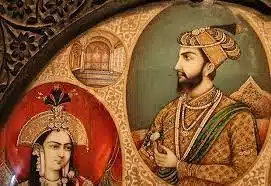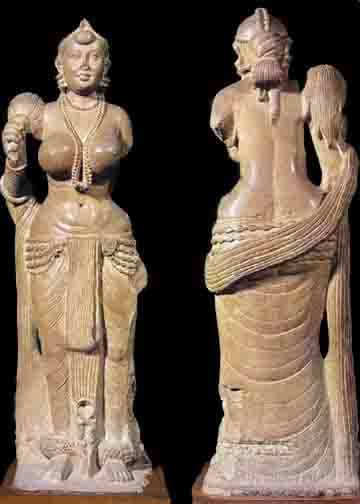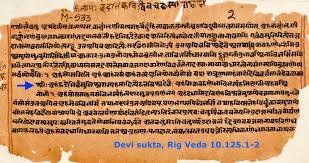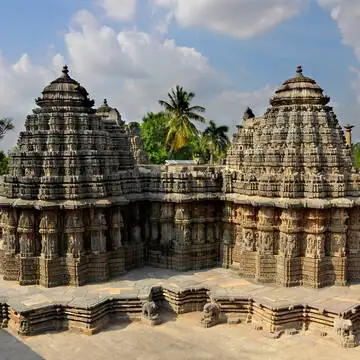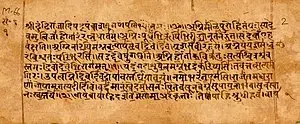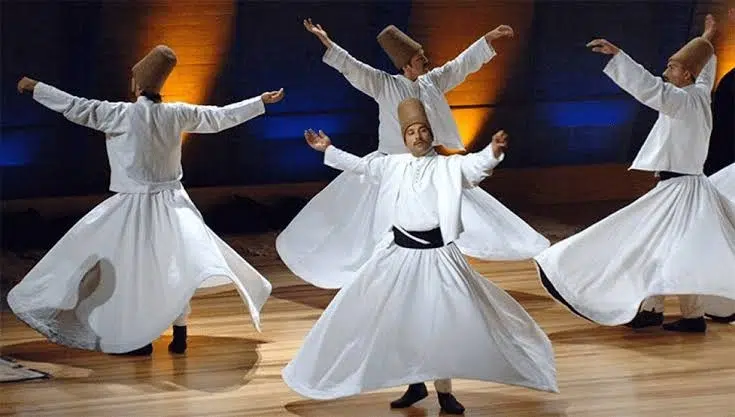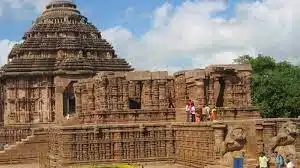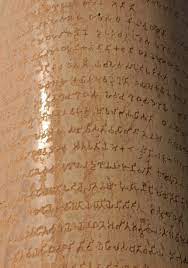MINIATURES PAINTING OF SOUTH INDIA
Tanjore Style
- Famous for the special style of decorative paintings.
- These paintings are unique as they are mostly created on glass and board instead of cloth and vellum preferred in north India.
- They are unique because of the use of brilliant colour patterns and the liberal use of the gold leaf.
- They used many types of gemstones and cut glasses for embellishments to create larger-than-life images.
- Most of the paintings depicted smiling Krishna in various poses and various major events in his life.
- These paintings reached their zenith under the patronage of Sarfoji Maharaj.
Mysore Style
- The major theme of the Mysore paintings is the depiction of Hindu gods and goddesses.
- The unique part of these paintings is that they had two or more figures in each painting and one figure predominates all the others in size and colour.
- They use the ‘gesso paste’, which is a mixture of zinc oxide and Arabic gum.
REGIONAL SCHOOL OF PAINTING
Rajasthani Schools of Painting
Mewar School of Painting:
- This period of Mewari painting focuses on Sahibdin’s depiction of literary texts – the Rasikapriya, the Ramayana, and the Bhagavata Purana.
- The unique point of this period is the extraordinary ‘tamasha’ paintings that show court ceremonial and city views.
Kishangarh School of Painting
- Paintings at Kishangarh is associated with the most romantic legends – Sawant Singh and his beloved Bani Thani, and of the intertwining of lives and myths, romance and bhakti.
- They also made many paintings on the devotional and amorous relations between Radha and Krishna.
Bundi School of Painting
- The twin kingdoms of Bundi and Kota are collectively known as Hadoti.
- In Bundi school, paintings of local vegetation were in detail.
- Human faces were round with pointed noses in the paintings.
- Colour of the sky is painted in different colours and mostly a red ribbon is visible in the sky.
Amber-Jaipur School of Painting
- Also called the ‘Dhundar’ school and their earliest evidence come from the wall paintings at Bairat in Rajasthan.
- Even though some of the menfolk are shown wearing Mughal style clothing and headgear, the overall finish of the paintings is folk-styled.
Marwar School of Painting
- In the paintings produced in the 15th and 16th centuries, the men wore colourful clothing and so did the women.
PAHARI STYLE OF PAINTING
Basholi School
- The paintings created in the Pahari School in the 17th century were called the Basholi School.
- This was the early phase and expressive faces with a receding hairline and big eyes that are shaped like lotus petals characterize it.
- These paintings use a lot of primary colours, i.e. red, yellow and green.
- They used the Mughal technique of painting on clothing but developed their own styles and techniques.
Kangra School
- The popular subjects were the Gita Govinda, Bhagwat Purana, Satsai of Biharilal and Nal Damyanti.
- Love scenes of Krishna were a very prominent theme.
- All the paintings had an otherworldly feel about them.
FOLK PAINTING
Madhubani Painting
- It is also called Mithila paintings.
- The paintings have a common theme and are usually drawn from religious motifs of the Hindus, including Krishna, Rama, Durga, Lakshmi, and Shiva.
- The figures in the painting are symbolic, for example, the fish depicts good luck and fertility.
- Traditionally, these were painted on walls using rice paste and vegetable colours on a base of cow dung and mud.
- Mostly women have passed on the skill of Madhubani painting from generations and generations.
- It has been given the GI (geographical indication) status.
Pattachitra
- A traditional painting of Odisha, the name Pattachitra, which means canvas/cloth and Chitra means picture.
- The base of the painting is treated cloth while the colours used comes from natural sources including burnt coconut shells, Hingula, Ramaraja and lamp black.
- No pencil or charcoal is used, rather brush is used to draw the outlines in red or yellow after which the colours are filled.
- The background is decorated with foliage and flowers and the paintings have an intricately worked frame.
Patua Art
- The art of Bengal started out as a village tradition by painters telling Mangal Kavyas or auspicious stories of Gods and Goddesses.
- Traditionally these were painted on cloth and told religious stories.
- Today they are painted with poster paints on sheets of paper sewn together, usually used to comment on political and social issues.
Kalighat Painting
- Kalighat paintings were done by the rural migrants who settled around the Kalighat temple in the then British capital (Calcutta).
- Watercolors were used on mill paper using brushes made of calf and squirrel hair.
- Originally, the paintings depicted religious note, especially Hindu Gods and Goddesses.
- Over time, these paintings were used to express social sentiments.
Paitkar Painting
- Practiced by the tribal people of Jharkhand.
- Paitkar paintings or scroll paintings are considered one of the ancient schools of painting in the country.
- This old form of painting has a cultural association with Ma Mansa, one of the most popular goddesses in the tribal household.
- The common theme of Paitkar paintings is ‘What happens to human life post-death’.
Kalamkari Painting
- The name comes from Kalam, i.e. a pen, which is used to paint these exquisite paintings.
- The pen used is made of sharp-pointed bamboo, used to regulate the flow of colours.
- The base is cotton fabric while the colours used are vegetable dyes.
- The pen is soaked in a mixture of fermented jaggery and water; one by one these are applied and then the vegetable dyes.
- The main centers for this art are Srikalahasti and Machilipatnam in the state of Andhra Pradesh.
Manjusha Painting
- This art form belongs to Bhagalpur region of Bihar.
- It is also known as Angika art, where ‘ang’ refers to one of the Mahajan Pada.
- Since snake motifs are always present, it is also called snake painting.
- These paintings are executed on boxes of jute and paper.
Also refer :
- Top 50 Science MCQs For Competitive Exams
- Know About The Different Financial Sector Regulators In India
- Folk dances of India
Pages: 1 2

